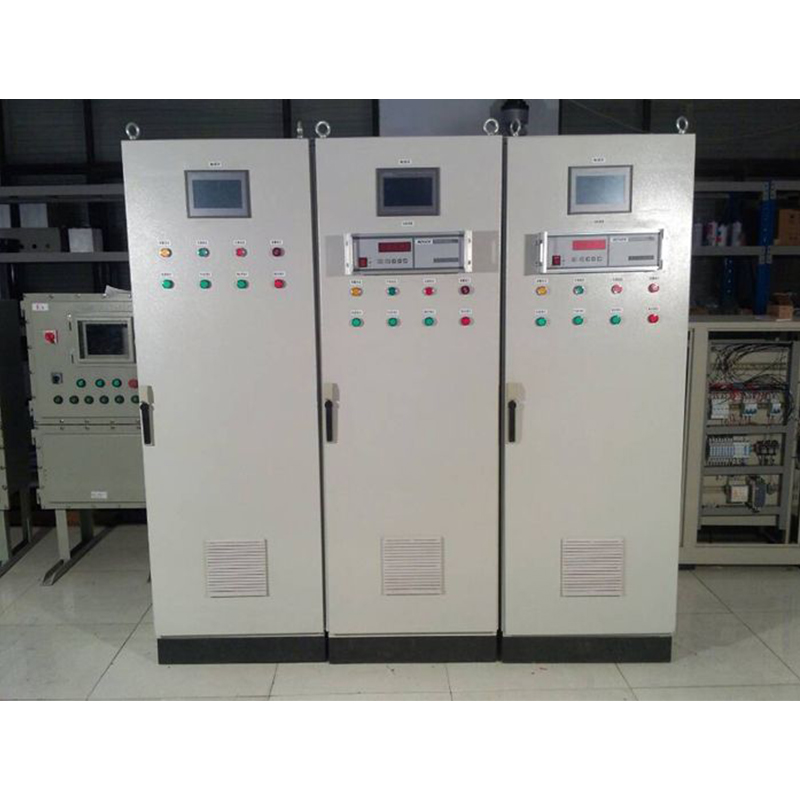
Nov . 20, 2024 20:57
Back to list
gas safety relief valve
Understanding Gas Safety Relief Valves
Gas safety relief valves play a crucial role in maintaining safety and operational integrity in various applications involving gas systems. These valves are designed to automatically release gas when the pressure exceeds a specific set point, thereby preventing potential hazards such as explosions or equipment failures.
Purpose and Importance
The primary purpose of a gas safety relief valve is to protect equipment and personnel from the dangers associated with excessive pressure. In gas systems, pressure can build up due to various factors, including thermal expansion, gas generation, or blockages in the system. If the pressure exceeds the maximum allowable limit, it can lead to catastrophic failures, resulting in significant property damage and risking lives.
Relief valves serve as a fail-safe mechanism that ensures the system operates within safe pressure limits. By venting excess pressure, they help maintain stable conditions, ensuring that downstream equipment is not subjected to pressures beyond their design specifications.
Types of Gas Safety Relief Valves
There are several types of relief valves, each suited for different applications and conditions
. The most common types include1. Spring-Loaded Relief Valves This type utilizes a spring mechanism to hold the valve closed under normal conditions. When the pressure exceeds the set threshold, the spring compresses, allowing the valve to open and release gas. These valves are widely used in various industries due to their simple design and reliability.
2. Pilot-Operated Relief Valves These valves use a small pilot valve to control the opening and closing of a larger main valve. They are particularly effective in high-pressure applications and can be used to maintain precise pressure settings.
3. Safety Valves These valves can be adjusted to open at a specific pressure. They are often used in systems that require immediate pressure relief and are designed to close quickly once the pressure normalizes.
Key Specifications
When selecting a gas safety relief valve, several critical specifications should be considered
gas safety relief valve

- Set Pressure The pressure at which the valve will open to release gas. It must be set according to the system's design specifications to ensure effective protection.
- Flow Capacity Measured in terms of the amount of gas that can be safely vented, this capacity should match or exceed the potential overpressure scenarios of the system.
- Material The valve's construction material is essential for its durability and ability to withstand the operating environment. Common materials include stainless steel, brass, and various alloys that resist corrosion and high temperatures.
- Temperature Rating It is vital to ensure that the valve is rated for the operating temperatures of the system, as extreme heat can affect the valve's performance.
Maintenance and Testing
Regular maintenance and testing of gas safety relief valves are essential to ensure their reliable operation. This includes
- Routine Inspections Inspecting the valve for physical damage, corrosion, or other signs of wear is crucial for safety.
- Testing Periodic testing of the valve's set pressure and flow capacity ensures it will function effectively when needed. This can be done through controlled overpressure tests.
- Replacement Valves that show signs of malfunction or that have exceeded their service life should be replaced immediately to avoid safety risks.
Conclusion
In conclusion, gas safety relief valves are vital components that ensure the safe operation of gas systems across various industries. By understanding their function, types, specifications, and maintenance requirements, operators can significantly mitigate the risks associated with excessive pressure and maintain a safe working environment. Implementing best practices in the use and upkeep of these valves is essential for protecting both personnel and equipment from potential hazards. As safety standards evolve, staying informed about advancements in valve technology and regulations will be critical for any industry relying on gas systems.
Next:
Latest news
-
Safety Valve Spring-Loaded Design Overpressure ProtectionNewsJul.25,2025
-
Precision Voltage Regulator AC5 Accuracy Grade PerformanceNewsJul.25,2025
-
Natural Gas Pressure Regulating Skid Industrial Pipeline ApplicationsNewsJul.25,2025
-
Natural Gas Filter Stainless Steel Mesh Element DesignNewsJul.25,2025
-
Gas Pressure Regulator Valve Direct-Acting Spring-Loaded DesignNewsJul.25,2025
-
Decompression Equipment Multi-Stage Heat Exchange System DesignNewsJul.25,2025

